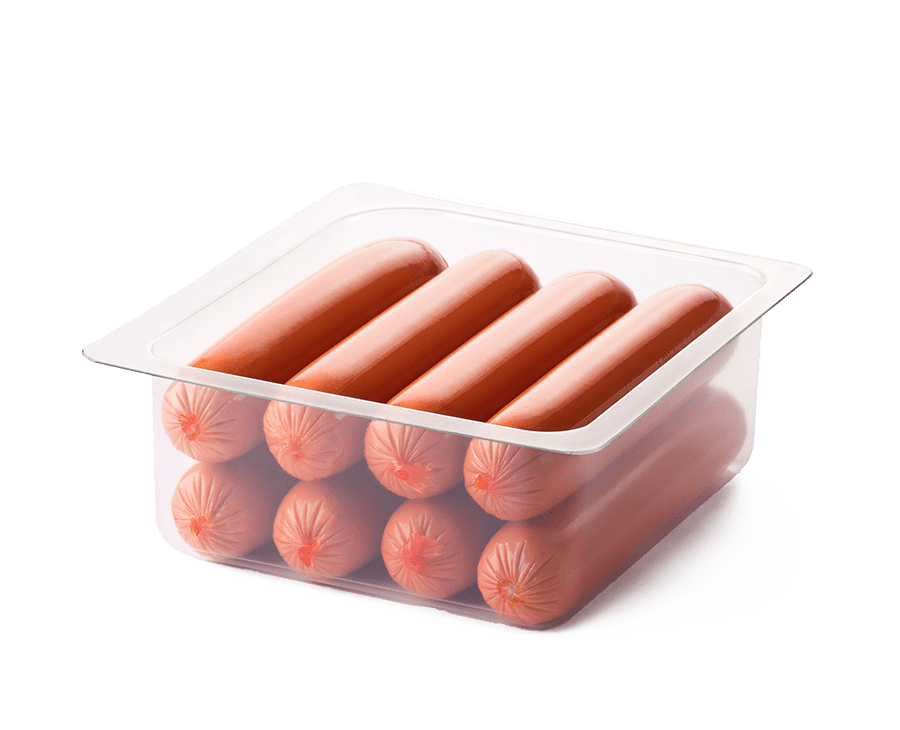Packaging Wax
There are three basic processes used in the packaging industry for applying wax: coating, laminating and impregnating. The coating process lays wax ON the surface of a packaging material. Laminating applies wax BETWEEN two materials. Impregnating causes wax to be driven INTO a packaging material surface.

These processes may be used independently or in combination – but wax is almost always applied in a molten state. To attain the properties that the wax can produce, packaging materials are usually coated, laminated, or impregnated with a continuous film of wax using one or more of these basic application methods:
- Rolling (Roll Coating). The material is waxed by passing over or under a roller that has a layer of molten wax on it. The rollers “kisses” the material and thereby transfer the wax to the materials surface. The rollers may be made of metal, rubber, or other materials and can be smooth, patterned or felt covered.
- Dipping (Impregnating). The material is dipped or submerged into a bath of molten wax.
- Passing (Curtain Coating). The material is passed through a curtain of falling wax.
- Flushing (Cascading or Saturating). Wax is flushed into or over the material.
- Spraying: The material is sprayed with molten or powdered wax.
These five basic methods can lead to many variations, and an otherwise simple machine or process can become quite complex. Our SouthWest Wax Sales and Technical Team are available for consultation and assistance in using these procedures.
The coating process may use paraffin, microcrystalline, or a blend. Laminating makes use of microcrystalline wax due to the need for superior adhesive strength, cohesive strength and flexibility. Impregnating primarily uses paraffin. Selecting the right wax is based not only on the correct wax property, but also the results desired, the materials to be processed, and the machines used for application.
The degree to which the wax is applied ON or INTO (or some combination of the two) the material is also determined by the physical characteristics of the wax and the packaging material being treated. This is controlled by the speed, temperature, pressure and time used during the application process. Recognizing and knowing how to control these factors will simplify and/or eliminate most wax problems.












